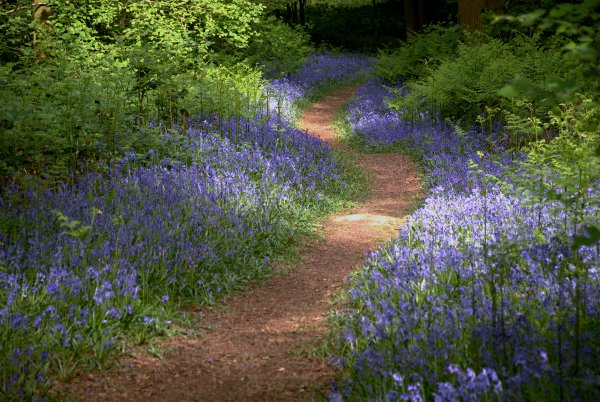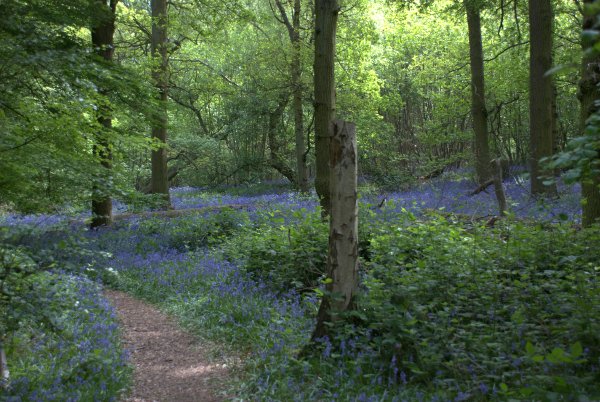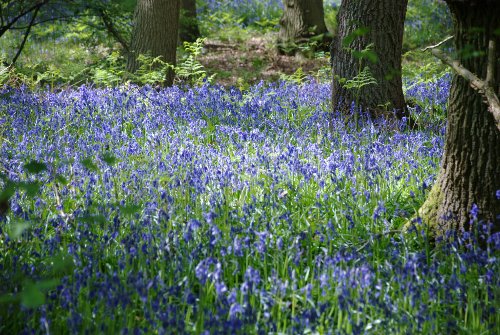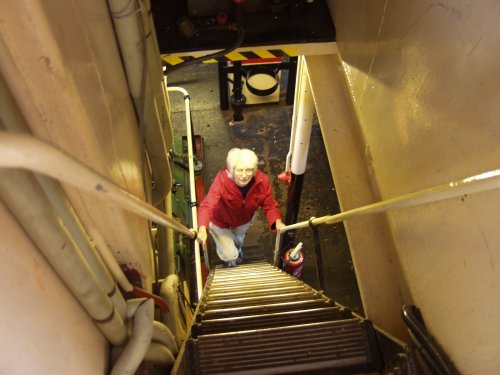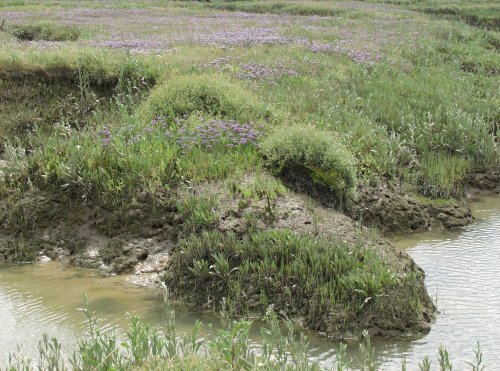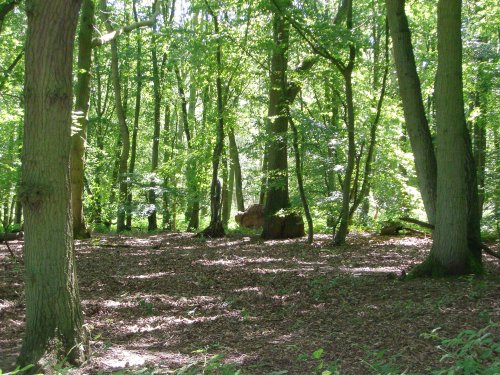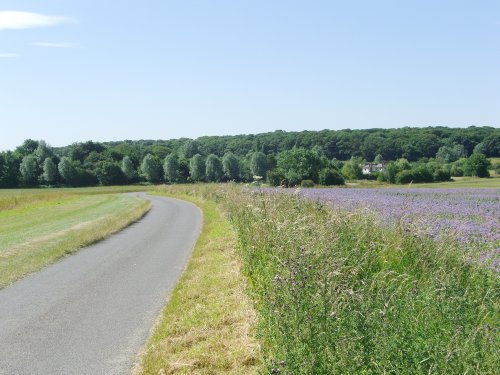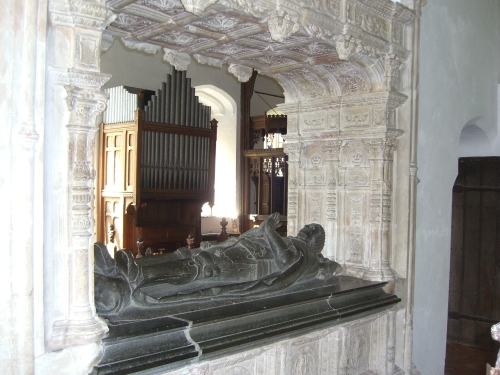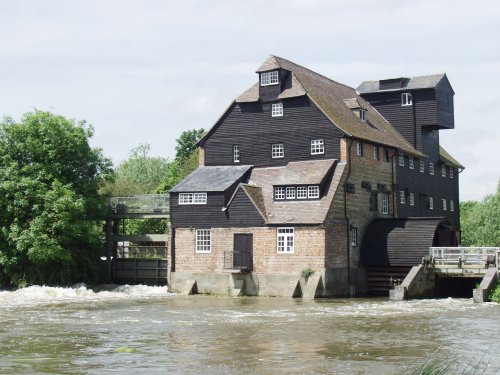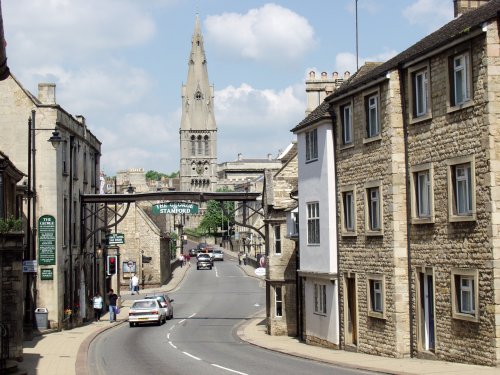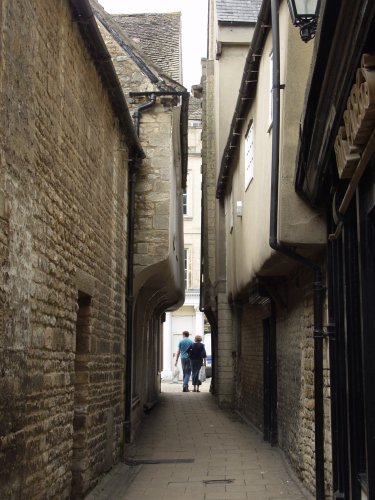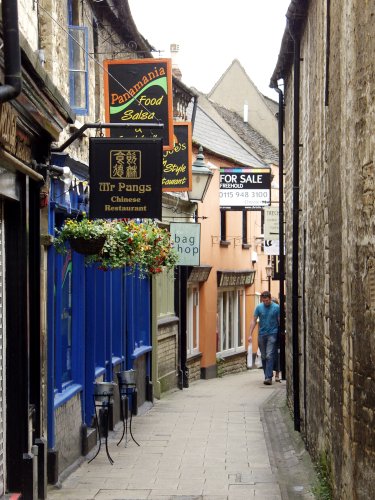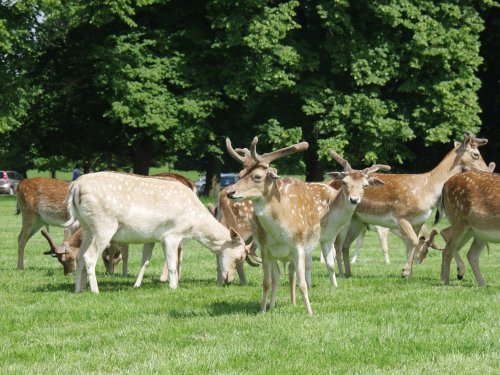England’s smallest and England’s oldest – Tuesday.
After leaving Oakham yesterday we soon arrived at Woodhouse Eaves, a village in Charnwood Forest, which is where we awoke this morning on another beautifully sunny day. But first let's get one thing straight shall we? 'Forest' is not synonymous with 'Woods'. 'Forest' is an ancient term for a hunting area which consisted of both wooded and open areas.
Charnwood Forest is an area in Leicestershire which consists of wooded areas and open areas. It is also known for the rocks. Yes, the rocks! The rocks around here are Pre-Cambrian or, if you prefer laymans terms, they are among some of the oldest rocks to be found in England at around 650 million years old. To put it into context they are older than me!
We each brought a pair of legs with us and it is those that we are going to use today. We left our B&B and walked along by the road (there was a pavement) until we found a footpath which would give us access to Windmill Hill on the edge of the village.
We would be walking over a rolling agricultural landscape which is similar to Rutland but the hills are more obvious and it looked beautiful in the sunlight. There used to be a windmill at the top of Windmill Hill, no surprise there then, but unfortunately it burned down in 1945 so I'm told. The circular stone base is still there and the local authority has added a viewing platform on top so that the view can be seen over the tops of the trees but the platform wasn't accessible when we were there.
We went back the way we had come, down to the road which we crossed, and we were then on the lower slopes of Beacon Hill. This part of Beacon Hill is wooded as was Windmill Hill and there were patches of Bluebells here and there. We met an old chap by the path and he agreed to have his photograph taken with us although he had a rather wooden expression.
![]()
To avoid confusion because we both have beards – I'm the one in the middle. Wait a minute though – Amanda, the old chap and me are all in the photograph so who took it?
I did say earlier that we kept seeing patches of Bluebells and this is one.
![]()
We made our way towards the top of Beacon Hill (puff, wheeze) and eventually came upon the outcrops of precambrian rocks. Amanda took this photograph of me, from my best side of course, taking a photograph of whatever it was I was photographing and surrounded by precambrian rocks. I'm sure you'll notice the stupendous view showing on the right-hand side.
![]()
There were other visitors here taking in the view and generally lolling about in the sun and beyond them on the right is Broombriggs Hill. We are going to have to go back down Beacon Hill and up and over that one before we finish our day's walk.
![]()
When we'd had enough rocky excitement we started back down and headed for Broombriggs Hill. Lots more Bluebells scattered around as we went through and past various little woods and as we slowly climbed Broombriggs Hill (puff, wheeze) we were treated to beautiful views of the landscape once again.
![]()
On the way down we stopped to look at this view.
![]()
We were particularly interested in this because the hill in the distance is Bradgate Park where we plan to go tomorrow – more precambrian rocks. That slim edifice on the open ground to the right is a war memorial. We continued our descent into Woodhouse Eaves village passing some more interesting locations on the way but you can wait for those until the full version appears on the web site.
Back to the B&B until tomorrow morning then.
